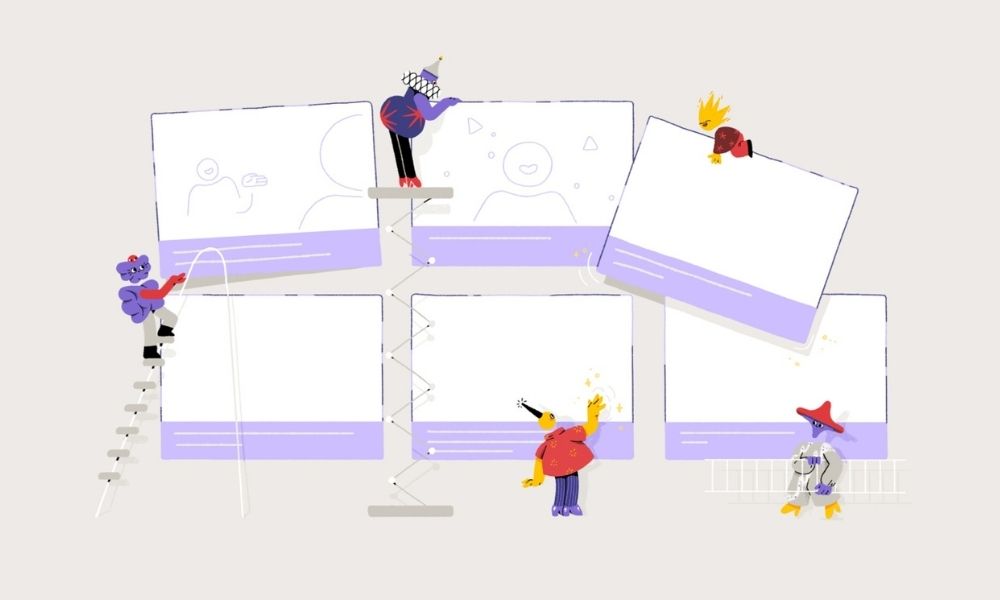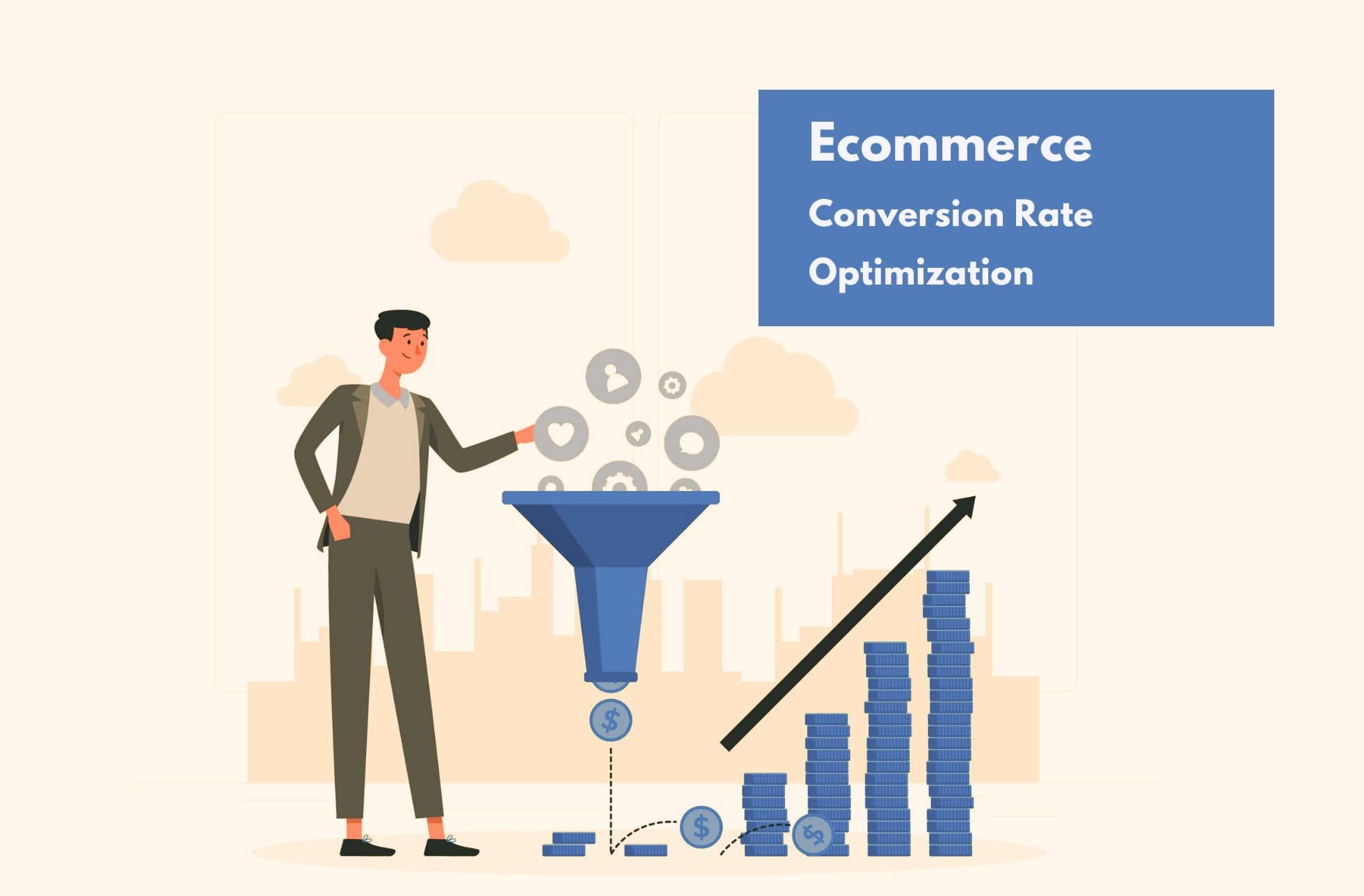The storyboard was popularised by Webb Smith who was working at the Walt Disney studios in the early 1930s. However, it was created by George Méliès who explained his method by the fact that he “faithfully followed his written or drawn indications, because he left nothing to chance”.
Traditionally used in the film industry, the storyboard is now used in the fields of marketing and advertising, as well as by certain professionals for important presentations, becoming a reference tool.
Storyboard: definition
A storyboard is a visual representation of a video or commercial prepared before shooting. It is a document presented on paper or in digital format that is used to plan the needs of all the shots that will make up a film, advertisement, etc. for social media or television, to name but a few channels.
It is used during the pre-production phase to anticipate and control the technical aspect, taking into account the defined framing, camera movements and potential special effects, as well as the artistic aspects such as the constructed and/or virtual sets.
A storyboard takes the form of a comic strip: each thumbnail is used to represent a specific shot, which can be cut into several parts, in order to take into account all aspects of a scene. It takes the form of various sketches accompanied by any dialogue bubbles and notes on the shots and the various accompanying elements.
The graphic representation is drawn in the chronological order of the shots and scenes in the final cut. The aim of this storyboard is to provide real support for the teams in charge of producing the video.
Why make a storyboard?
A storyboard has various interests. On the one hand, for the production team and, on the other, for the advertiser to assess the readability of the filmed story before shooting, allowing them to qualify their ideas.
The coherence and comprehension of the advertising message communicated should be checked before the filming process, thus avoiding unnecessary costs.
In addition, this presentation facilitates and improves the flow of information between the members of the preparation teams (sets, props, costumes, etc.) and those involved in the shooting. Like the technical breakdown, the storyboard is a reference tool.
A good storyboard facilitates the production process and reduces the time needed for subsequent changes, if necessary. In short, it saves time, money and energy.
What are the different types of storyboards?
There are different types of storyboards. Their use differs according to the uses and habits of the directors.
The comic strip storyboard :
The model based on a comic strip consists, as the name suggests, of a series of drawings, each of which represents a shot. It is the series of thumbnails that gives the model a comic book appearance.
It will contain various information such as the arrowed movements of the characters, the arrowed indication of a possible camera movement (panning, travelling, zooming, etc.) and the estimated total duration of each shot.
The shot-by-shot storyboard :
This model has the advantage of being much more complete than the one presented above: it generally presents one page per shot.
On each of these pages, the start and end frames of the shot are drawn and, if necessary, intermediate frames for complex shots (such as special effects). A floor plan is added, showing set elements, camera angles, camera movements, positions and the movements of the actors.
How do you make a storyboard?
First of all, it is important to know that you do not need to be a designer or graphic artist or a drawing professional to make this type of presentation. Of course, the clarity may depend on your talent or that of the person making it.
In storyboarding, the most important thing is not the drawing itself, but the emotions translated, communicated, and the meaning of the detailed information. In fact, to succeed in storyboarding, you need to define the purpose of the video in advance and do so clearly and precisely.
Write a script
It is important to ask yourself the right questions to write the most effective script possible:
- Who is the target audience for the video?
- What is the expected effect on the audience exposed to the video?
- What techniques should be used?
There are also certain rules to follow to make your video effective and optimal. First and foremost, a script should be written in the form of storytelling. You will need to define the key points, namely
- The characters:
- The hero: he has a goal, a quest, and is central to the story
- One or more opponents: they oppose the hero’s quest
- Helpers: they support the hero in his quest
- Structure (or narrative outline):
- The initial situation: it presents the context and the main characters
- The problem: the plot will hook the target of the message
- The twists and turns: the events that will move the story forward and give it rhythm
- The resolution: the denouement of the story, logically resolving all the events and problems of the story
- The final situation: the end of the story, which may bring a new question (an opening), which may turn into a new story
For the script to be accurate, you need to identify the target audience, their needs and the right message to communicate effectively. The story will then be broken down into parts to create an overview of the final output.
Select the key words for the script
After this stage of writing the script, you can brainstorm with all the stakeholders to write down all the ideas around the video.
To gain clarity, you can use a rough draft to organise the ideas in a flexible way. A whiteboard, post-its, mind-mapping software, etc. allow you to put your story together as you wish. You will then be able to see the imperfections in the scenario, the connections made between the ideas you have put in place, which saves time and visibility.
Take the opportunity to remove potential superfluous elements as you go along.
Express ideas in drawing form
You should also remember to leave space under each thumbnail to write any notes: the characters in each scene, the necessary props, the types of shots, the voice-overs, etc.
The drawing area represents the viewer’s point of view. If you resize the shot and want to do a close-up, for example, indicate the movement with arrows: “traveling forward / traveling back”.
Compose the storyboard
Put the ideas into drawings. The main thing is the idea you want to convey to the viewer. Simple symbols with a short caption may be enough.
With your plan and the concept, develop the story slide by slide.
Image credit: Hanna Rybak





